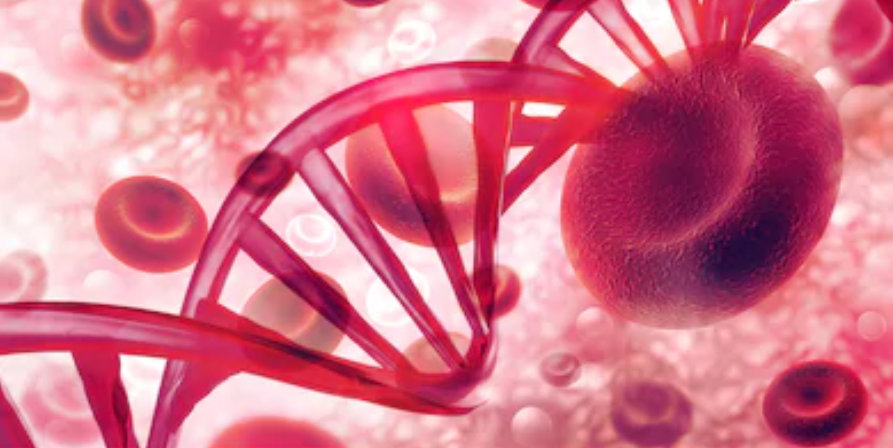
Hematological diseases are a general term for a large group of diseases, which usually include diseases that originate in the hematopoietic system and mainly involve the hematopoietic system. There are many causes of hematological diseases, including physical factors, chemical factors, biological factors, genetic factors and immune factors. Usually, when a hematological disease occurs, the patient may have a series of clinical manifestations, such as anemia, bleeding, infection, fever, and enlarged liver and spleen lymph nodes, etc.
MICM Diagnostic System for Hematological Diseases
The MICM diagnostic system includes morphology, immunology, cytogenetics and molecular biology, which diagnoses hematological diseases at different levels and provides a basis for later clinical treatment.
- Morphology—cell morphology examination. Discover abnormal blood cell composition and morphology, understand the status of bone marrow hematopoietic function and provide evidence for the diagnosis of blood diseases or provide important clues by morphology examination.
- Immunology—flow cytometry. Realize acute leukemia classification, MRD detection, and immune function detection by flow cytometry.
- Cytogenetics—karyotype analysis. High-resolution chromosome banding technology is used to determine the specific chromosomal abnormalities of leukemia.
- Molecular biology—chromosome abnormality analysis. Fluorescence in situ hybridization analysis is used to detect chromosome and gene abnormalities from a genetic perspective.
Diagnosis Method
There are many examination items for hematological diseases, and comprehensive analysis as well as comprehensive consideration should be used to select the appropriate examination for diagnosis.
- Blood routine and peripheral blood smear examination. It is the most basic examination method. Different hematology mirrors may have different tips on blood routine.
- Histopathological examination. Including bone marrow aspiration, bone marrow biopsy, lymph node or infiltrating mass biopsy, spleen biopsy, and body fluid cytology pathological examination, which is helpful for the diagnosis of blood system diseases, prognostic stratification, and provides valuable reference indicators for the choice of clinical treatment. In recent years, the development of immunohistochemistry has further improved the application value of pathology in hematological diseases.
- Biochemical and immunological examinations. Biochemical and immunological examinations play an important role in the diagnosis, differential diagnosis, and evaluation of physical conditions, such as iron metabolism examination for iron deficiency anemia, folic acid and vitamin B12 testing for nutritional anemia. Biochemical and immunological examinations also have a certain significance in some malignant diseases of the lymphatic system, such as antiplatelet antibodies, red blood cell antibodies, blood coagulation factor antibodies and other test results are the key indicators for the diagnosis and treatment of some diseases.
- Cytogenetics and molecular biology techniques. Cytogenetic testing (karyotype analysis and FISH analysis) and molecular biology are crucial in the diagnosis, prognosis evaluation, and efficacy analysis of hematological malignancies.
- Imaging diagnosis. Including X-ray, CT, magnetic resonance, PET-CT, etc. It plays an important role in the diagnosis, staging, grading, and efficacy evaluation of some hematological diseases.
Diagnosis Products of Hematology
Creative Biogene's skilled scientists have experience in developing outstanding products in the field of hematological diagnosis. It is sincerely looking forward to cooperating with you and providing you the best quality product with all of our hearts!
Please contact us for more details.
For research use only. Not for any other purpose.
